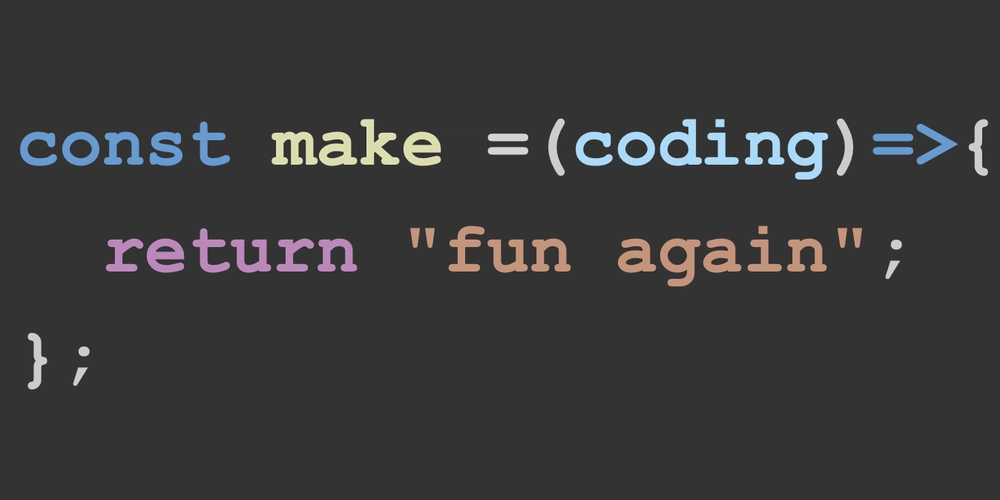
Level Up Your Web Skills: 7 HTML Mastery Techniques for 2025
HTML remains the bedrock of web development. While grasping the basics is quick, mastering advanced techniques separates the average from the exceptional. Want to stand out in 2025? These HTML skills are crucial to propel your career.
1. Semantic HTML: Unlock Clarity and SEO
Semantic HTML involves using elements that explicitly define the content's meaning. This boosts readability for developers and improves your site's SEO. Search engines can easily interpret the content and boost your website rankings.
- Benefits: Enhanced accessibility, improved SEO, cleaner code.
Here are some common semantic HTML tags:
<section>: Groups thematic content.<header>: Defines the document's header.<nav>: Contains navigation links.<footer>: Specifies the document's footer.<aside>: Represents content aside from the main content (e.g., sidebars).<main>: Highlights the primary content.
Example:
2. Lazy Loading: Optimize Initial Page Load Time
Lazy loading defers loading non-essential images and videos until they're about to enter the viewport. This significantly speeds up the initial page load, resulting in a better user experience. Only apply this to elements below the fold -- content not visible on initial page load.
- Benefits: Faster initial load times, reduced bandwidth usage, improved perceived performance.
Example:
3. Preloading Assets: Prioritize Critical Resources
Preloading is the opposite of lazy loading. It loads essential resources, such as above-the-fold content, before the page fully loads. Great HTML optimization for critical assets.
- Benefits: Improved rendering speed, prevents content flashing, enhances user experience.
Example:
4. Custom Link Previews: Make Your Links Stand Out
Control how your links appear on social media platforms by adding meta tags in the <head> section of your HTML document. Platforms like WhatsApp and Twitter use protocols like Open Graph (og) and Twitter Card protocol to generate those previews.
- Benefits: Brand consistency, increased click-through rates, improved social media engagement.
Example:
Meta tag generators like Meta Tags can help create these snippets.
5. tel: and mailto: Links: Streamline User Interaction
Enable users to directly make calls or send emails using HTML. tel: links initiate calls, while mailto: links open the user's default email client.
- Benefits: Improved user convenience, simplified communication, direct engagement.
Example:
6. Responsive Images with Art Direction: Optimize Images for Every Device
Deliver optimized images based on screen size and resolution. "Art direction" allows you to specify different image sources based on media queries, saving bandwidth and improving page load times.
- Benefits: Faster load times on mobile, reduced data consumption, better user experience.
Example:
7. <pre> Tag for Preformatted Text: Preserve Text Formatting
Preserve text formatting, including spaces and line breaks, by wrapping the content within a <pre> tag. The <pre> tag displays text in a fixed-width font (stylable with CSS) and respects all spaces and line feeds. It's particularly useful for displaying code snippets or preserving user input formatting.
- Benefits: Accurate code display, maintains text structure, simplifies content presentation.
Example:
By mastering these seven HTML skills, you'll be well-equipped to excel as a web developer in 2025. These strategies enhance user experience, boost SEO, and improve overall website performance.























